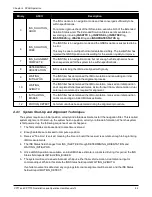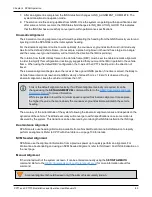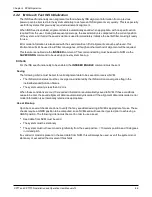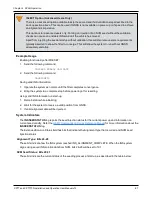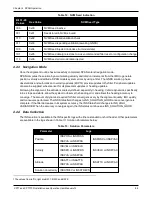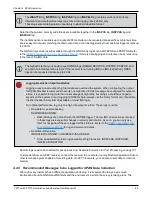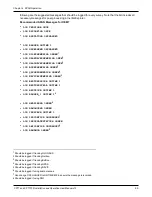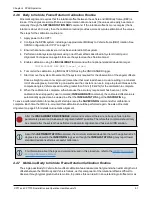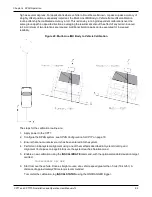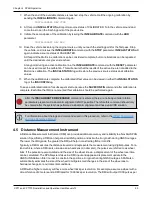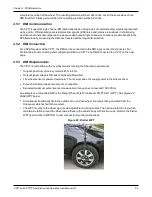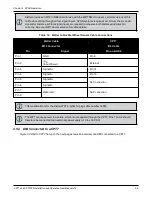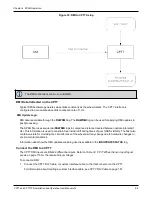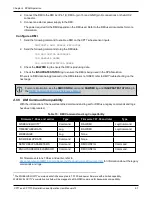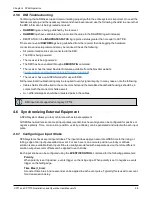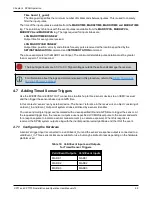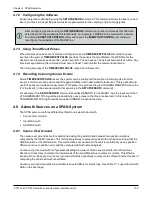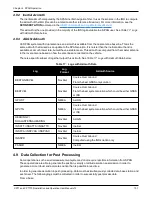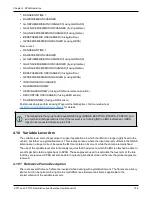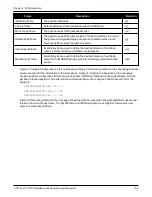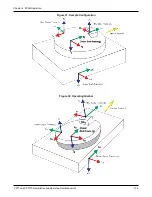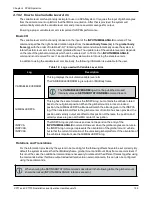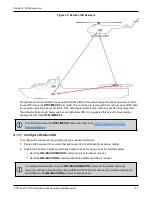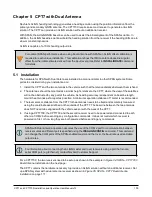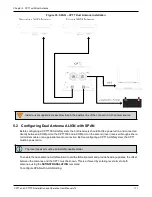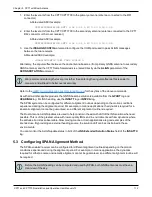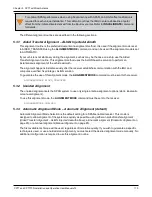
Chapter 4 SPAN Operation
CPT7 and CPT7700 Installation and Operation User Manual v12
98
4.5.6 DMI Troubleshooting
Confirming that a DMI is setup and communicating properly within the entire system is important. Once all the
hardware is setup, and the necessary commands have been issued, use the following checklist to ensure that
the DMI information is being created and used:
l
RAWDMI
logs are being published by the receiver.
l
RAWDMI
logs have valid data (when in motion the value in the RAWDMI log will increase).
l
DMISTATUS in the
INSUPDATESTATUS
log reports a status greater than or equal to ACTIVE.
If there are no valid
RAWDMI
logs being published from the receiver then debugging the hardware
connections and setup commands may be required. Check the following:
l
All communication lines are connected to the DMI.
l
The DMI is being powered.
l
The receiver is being powered.
l
The DMI has been enabled through a
DMICONFIG
command.
l
The receiver has the latest NovAtel Firmware, available from the NovAtel website
(
novatel.com/support/support-materials/firmware-download
).
l
The receiver has a valid SPAN model for use with DMI.
Further electrical troubleshooting may be required to verify signal integrity. In many cases, note the following.
l
Cable shields should be tied to the connector shells and the metallized backshells/housings should be in
contact with the connector shells as well.
l
A +/- differential pairs should be on twisted pairs in the cables.
DMI input is not supported on legacy CPT7s.
4.6 Synchronizing External Equipment
A SPAN system allows you to synchronize with external equipment.
All SPAN-enabled receivers accept input pulses (events). Each event signal can be configured for positive or
negative polarity. Time, or a solution (position, velocity, attitude), can be generated and output with each input
pulse.
4.6.1 Configuring an Input Strobe
SPAN systems have several input strobes. The input strobes apply an accurate GNSS time to the rising, or
falling, edge of an input pulse called an event. For each event, an accurate position, velocity or attitude
solution is also available. Each input strobe is usually associated with a separate device, therefore different
solution output lever arm offsets can be applied to each strobe.
Each input strobe can be configured using the
EVENTINCONTROL
command for the following parameters:
Polarity
:
When polarity is set to positive, events trigger on the rising edge. When polarity is set to negative, events
trigger on the falling edge.
Time Bias (t_bias)
:
A constant time bias in nanoseconds can be applied to each event pulse. Typically this is used to account
for a transmission delay.

